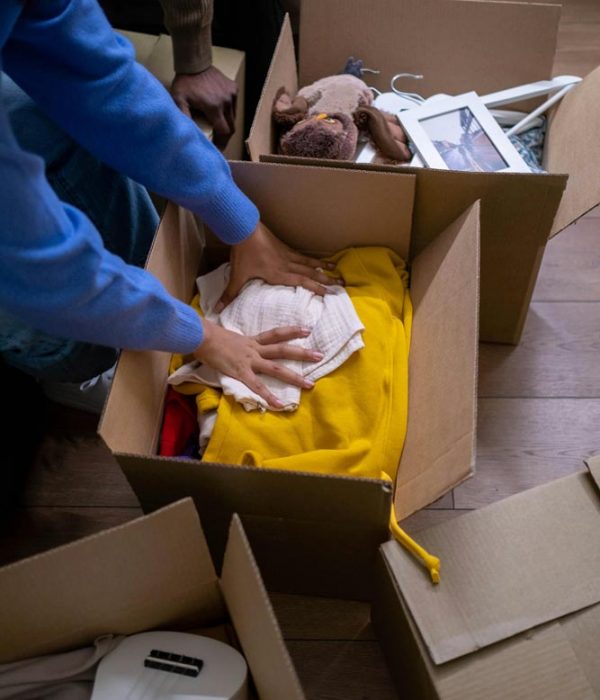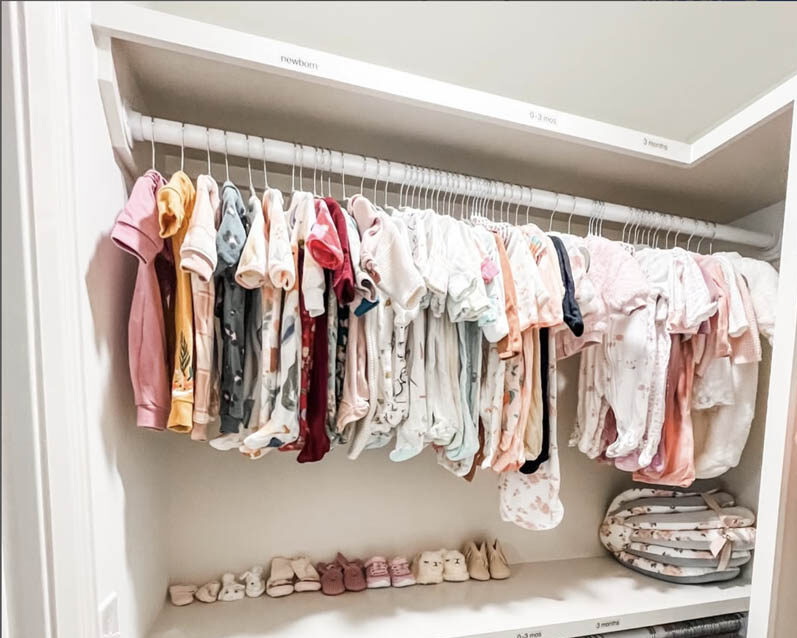A Professional Organizer’s Guide to Helping Parents Downsize
Downsizing can be a daunting task for anyone, especially those in the Nashville, TN area who are looking to help parents or family members think about the future. As a professional organizer, I often encounter clients who feel overwhelmed by the emotional and logistical challenges of helping parents downsize and potentially move to a smaller space. In this blog post, I’ll share specific tips to help families navigate the downsizing process, addressing mindset and common scenarios where resistance may arise. Sometimes the downsizing is sparked by an illness or event that makes them realize they need to address things sooner than later and sometimes a planned change to a smaller space or both. Either way, editing household contents and getting ducks in a row is critical to a smooth transition to a new space or new lifestyle!
Helping Parents Downsize
Understanding the Parental Mindset
When parents or family members consider downsizing, they often grapple with a mix of emotions, including nostalgia, fear, and uncertainty and sometimes excitement and anticipation. Here are some common mindset challenges:
- Emotional Attachment: Parents often have deep emotional ties to their homes and the items within them, including family heirlooms and memorabilia from their children’s childhood.
- Fear of Change: Change can be intimidating. The idea of moving to a smaller home may bring up fears about losing independence or not having enough space for visiting family.
- Concerns About Future Needs: Parents may worry about what they’ll need in the future, leading to hesitance in letting go of belongings.
- Feeling Overwhelmed: The sheer volume of items collected over the years can create a sense of paralysis, making the thought of organizing and downsizing seem insurmountable.




Helping Parents Downsize
1. Start with Mindset Shifts
Encourage parents to view downsizing as an opportunity rather than a loss if that’s the barrier. Emphasize the benefits of living in a smaller, more manageable space, such as reduced maintenance and lower utility costs. Remind them that this process can lead to a more peaceful and organized home and free them up for more social activities, hobbies, or travel. Many times parents are very on board and ready to get started even if the process may be challenging, but often there may be resistance even when it is necessary – and sometimes even more necessary if there is a health or situational crisis. Looking at the changes as a way to create a better lifestyle can be enlightening.
2. Create a Vision
Help parents visualize their new space if that’s in the plan. Encourage them to imagine how they want their new home to feel and function or how their current space can better reflect their lifestyle. Creating a mood board or a checklist of priorities can be a helpful starting point especially if downsizing into a senior living community where space may be tight and storage limited.
3. Tackle Items by Category
Helping Parents Downsize
4. Edit Like A Professional Organizer
Work with the categories of: Keep, Donate, Give To Family, Sell, and Trash. This straightforward system simplifies decision-making and encourages them to evaluate the worth of each item whether that is financial or sentimental. Pro Tip: color coding the categories creates great visual cues.
Keep in mind that donating is a lot easier than selling as many items, no matter the original cost, are not valued in the resale market. Very few items retain their value and much of the value is perceived rather than realistic.
Sometimes it can be easier to work backwards with the available space and then identifying what can be kept rather than the reverse especially if the end destination is known. Asking questions such as ‘when was the last time this was used’, ‘is this something that you love?’, or ‘how do you see using this at your new home’ can be helpful. Professional organizers try to walk the line between encouraging clients to let go of things while being empathetic to the difficulties in decision making.
Pro Tip: Use sticky notes and sharpies to tag items going to various places and document decisions that were made. If there are items that will be gifted to someone after a parent passes, leaving a note in or on that item can be really helpful. For example, adding a note to the back of a piece of art or leaving in a drawer of a piece of furniture can make sure that item goes where it supposed to.


Helping Parents Downsize
5. Address Sentimental Items Thoughtfully
Sentimental items can be particularly challenging to sort through. Suggest limiting these items to a specific amount of space (like a memory box) and taking photos of larger items before letting them go. This helps preserve memories without keeping physical clutter. You can also consider using a service like Artifcts which allows you to document memories or specific items virtually without keeping the actual item.
6. Get Everyone Involved
If siblings or children are involved, organize a family day to go through items together either in person or virtually. This collaborative approach can ease some emotional burdens and help parents feel supported. It can be ideal to sort everything prior to getting together to make the time spent more productive and focused on decision making. However, recognize that family members have a lot of backstory and family drama can happen if there are unresolved issues or family dynamics that can interfere.
Helping Parents Downsize
7. Set Realistic Goals
It’s important to set achievable goals and timelines. Breaking the process into smaller tasks can prevent feelings of overwhelm. This can mean starting with a few hours once a month and working your way up to longer chunks of time and increased frequency. Building the muscles of decision making and letting go can take time – and takes a lot of energy. Recognizing that when it’s not your stuff, it’s a lot easier to make decisions and work through things than when it is something that has been in the home for years. Plus the energy level of our elders is often much less than what we may have even if they are completely on board with the process. We have found that encouraging them to sit while we bring items to them and avoid any lifting or carrying can help keep the momentum!
8. Seek Professional Help

Helping Parents Downsize: A Professional Organizer’s Guide
Common Scenarios of Resistance
“I Might Need This Later”
Reassure parents that it’s common to hold onto items “just in case.” Encourage them to think critically about what they truly need and consider the value of living with less especially if they live in a resource heavy area like Nashville where it’s easy to get more of pretty much anything when it’s needed!
“This Was My Child’s Favorite Toy”
Help parents remember that their children’s attachments may not be as strong as their own. Encourage them to talk to their children about keeping a few special items while letting go of others. We’ve found that grown children typically have very little interest in things from their childhood and don’t want to clutter up their lives with unwanted items. This is also true of family heirlooms – in most cases – the kids don’t want the silver, linens, antique furniture, or the holiday china.
“I Don’t Want to Change My Lifestyle”
Change can be uncomfortable, but it’s essential to highlight the positive aspects of downsizing, such as increased freedom and financial flexibility. Also remind them that if something does happen to them, all the decision will be put on the children and other family members so if they want to have some say in things – this is their opportunity!
“What If I Regret Getting Rid of Something?”
Assure parents that it’s normal to have concerns about future regrets. If there is doubt, create a ‘maybe’ section and then revisit once all of the editing is complete. If it is actually something that is not replaceable, consider hanging on to it until after the move or after a period of time to see if feelings have changed.
Helping Parents Downsize
Downsizing is a journey that requires patience, sensitivity and understanding, especially for parents. By addressing their mindset, providing practical tips, and offering support, you can help them embrace this significant life transition. If you’re in Nashville, TN, and ready to start the downsizing process, consider reaching out so we can guide you every step of the way. With nearly 20 years of experience, our team is well versed in the process and bring a wealth of knowledge and expertise to the table to make the process straightforward and stress free.





